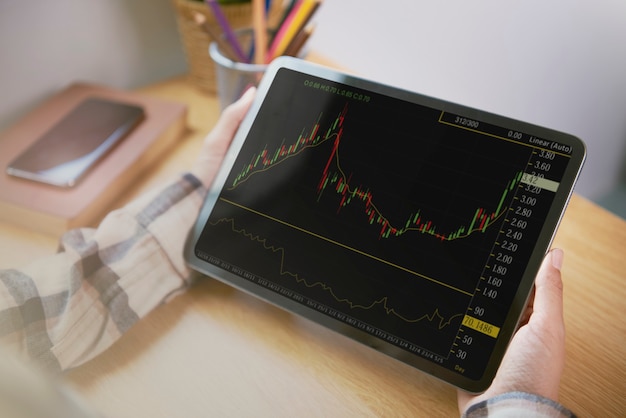In the fast-paced world of trading, where every second counts and decisions can lead to fortunes or failures, understanding the market can feel akin to deciphering an intricate code. MarketDepth, often referred to as DOM (Depth of Market), is a powerful tool that offers traders a window into the live buying and selling activity of various assets.
It reveals not just prices, but the intentions behind market movements. However, many traders find themselves caught in a web of uncertainty, torn between the clarity DOM can provide and the instinctual guesswork that often dominates their strategies.
Delving into the nuances of the DOM can illuminate your trading path, transforming chaotic market signals into coherent strategies. On the flip side, for those who prefer the thrill of estimation, guesswork may continue to reign supreme—raising the question: should you embrace the data-driven insights of DOM, or rely on luck and intuition in your trading journey? Let’s explore the intricacies of this vital tool and its role in making sense of the market landscape.
Understanding Market Behavior

Understanding market behavior requires a keen eye for the subtle cues that often elude the casual observer. Market movements can seem chaotic, driven by an intricate interplay of factors—economic indicators, investor sentiment, and geopolitical events, to name a few.
At times, prices surge with an exuberance that can feel irrational, while at others, they plummet, weighed down by fear and uncertainty. Navigating this landscape isn’t merely about tracking numbers; it’s about deciphering the emotions and motivations behind each tick on the chart.
Tools like DOM trading (Depth of Market) can play a pivotal role in this process, offering real-time insights into buy and sell orders that help reveal the psychology of the market. By grasping these psychological undercurrents and recognizing patterns within the data, traders can anticipate shifts rather than merely react to them.
In essence, understanding market behavior is an art—a balancing act between analysis and intuition. It invites you to dive deeper, question the surface-level trends, and embrace the complexities that define the financial world.
Decision-Making in Trading: Leveraging Data and Depth of Market

In the fast-paced world of trading, decision-making hinges not just on instinct but also on a keen understanding of data and market depth. Traders who delve into the Depth of Market (DOM) are often armed with a treasure trove of insights revealing the intricacies of buy and sell orders stacked at various price levels.
By carefully analyzing these layers, one can anticipate potential price movements and liquidity shifts, essentially allowing traders to position themselves ahead of the curve. However, its not merely about sifting through numbers; it requires the ability to connect the dots, to recognize patterns amid chaos, and to discern nuances that often escape the untrained eye.
With a blend of analytical prowess and strategic foresight, savvy traders navigate the turbulent waters of the market, turning raw data into well-informed decisions that can make or break their trading endeavors.
Risk Management in Trading: Mastering Depth of Market

In the high-stakes game of trading, mastering the Depth of Market (DOM) is not just a skill; it’s an essential component of effective risk management. Picture this: the DOM provides a real-time view of supply and demand, displaying live orders that can shift dramatically with the market’s ebb and flow.
By interpreting the volume at different price levels, traders gain invaluable insights, helping them discern potential support and resistance zones that might otherwise go unnoticed. This proactive approach allows for better-informed decisions, transforming intuition into strategy and enabling traders to preemptively navigate volatile waters.
Still, one must remain vigilant; markets can surprise even the most seasoned participants. A wrong bet, when layered over a lack of clear visibility into market depth, can lead to unforeseen losses.
Thus, a nuanced understanding of the DOM becomes not just a luxury but a necessity for those looking to thrive and not merely survive in the trading arena.
Conclusion
In conclusion, understanding the Depth of Market (DOM) can significantly enhance a trader’s ability to make informed decisions in the often unpredictable world of finance. By providing a clear view of buy and sell orders, DOM trading allows one to gauge market sentiment and potential price movements more effectively, minimizing the reliance on guesswork.
Ultimately, mastering this tool can empower traders to navigate the complexities of the market with greater confidence, leading to more strategic and potentially profitable trading outcomes. Embracing the insights offered by DOM may very well be the key to transforming uncertainty into opportunity in today’s fast-paced trading environment.


